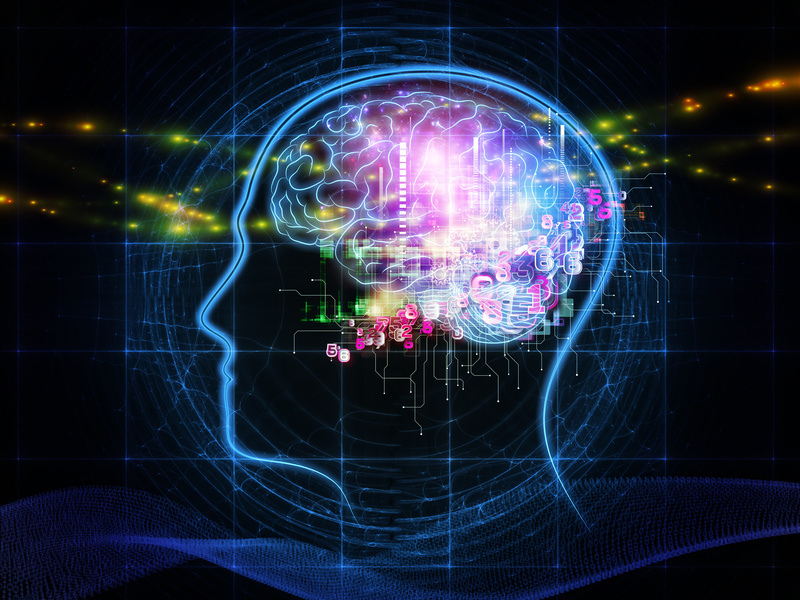- 30/03/2017
- Posted by: Millon Unika
- Category: All, Technology

Operating System of Computer Summarized movie stored on Human DNA !
Abstract : An algorithm designed for streaming video on a cellphone can unlock DNA’s almost full storage potential by squeezing extra info into its 4 base nucleotides, say researchers. They show that this expertise can also be extraordinarily dependable.
Humanity could quickly generate extra knowledge than arduous drives or magnetic tape can deal with, an issue that has scientists turning to nature’s age-old resolution for information-storage — DNA.
In a brand new examine in Science, a pair of researchers at Columbia College and the New York Genome Middle (NYGC) present that an algorithm designed for streaming video on a cellphone can unlock DNA’s almost full storage potential by squeezing extra info into its 4 base nucleotides. They show that this expertise can also be extraordinarily dependable.
DNA is a perfect storage medium as a result of it is ultra-compact and might final tons of of 1000’s of years if saved in a cool, dry place, as demonstrated by the current restoration of DNA from the bones of a 430,000-year-old human ancestor present in a collapse Spain.
“DNA will not degrade over time like cassette tapes and CDs, and it will not change into out of date — if it does, we have now greater issues,” stated examine coauthor Yaniv Erlich, a pc science professor at Columbia Engineering, a member of Columbia’s Knowledge Science Institute, and a core member of the NYGC.
Erlich and his colleague Dina Zielinski, an affiliate scientist at NYGC, selected six recordsdata to encode, or write, into DNA: a full laptop working system, an 1895 French movie, “Arrival of a practice at La Ciotat,” a $50 Amazon reward card, a pc virus, a Pioneer plaque and a 1948 examine by info theorist Claude Shannon.
They compressed the recordsdata right into a grasp file, after which cut up the info into brief strings of binary code made up of ones and zeros. Utilizing an erasure-correcting algorithm referred to as fountain codes, they randomly packaged the strings into so-called droplets, and mapped those and zeros in every droplet to the 4 nucleotide bases in DNA: A, G, C and T. The algorithm deleted letter combos recognized to create errors, and added a barcode to every droplet to assist reassemble the recordsdata later.
In all, they generated a digital listing of 72,000 DNA strands, every 200 bases lengthy, and despatched it in a textual content file to a San Francisco DNA-synthesis startup, Twist Bioscience, that focuses on turning digital knowledge into organic knowledge. Two weeks later, they acquired a vial holding a speck of DNA molecules.
To retrieve their recordsdata, they used trendy sequencing expertise to learn the DNA strands, adopted by software program to translate the genetic code again into binary. They recovered their recordsdata with zero errors, the examine experiences. (On this brief demo, Erlich opens his archived working system on a digital machine and performs a recreation of Minesweeper to have a good time.)
In addition they demonstrated nearly limitless variety of copies of the recordsdata may very well be created with their coding method by multiplying their DNA pattern by polymerase chain response (PCR), and that these copies, and even copies of their copies, and so forth, may very well be recovered error-free.
Lastly, the researchers present that their coding technique packs 215 petabytes of information on a single gram of DNA — 100 instances greater than strategies printed by pioneering researchers George Church at Harvard, and Nick Goldman and Ewan Birney on the European Bioinformatics Institute. “We imagine that is the highest-density data-storage system ever created,” stated Erlich.
The capability of DNA data-storage is theoretically restricted to 2 binary digits for every nucleotide, however the organic constraints of DNA itself and the necessity to embrace redundant info to reassemble and browse the fragments later reduces its capability to 1.Eight binary digits per nucleotide base.
The crew’s perception was to use fountain codes, a method Erlich remembered from graduate faculty, to make the studying and writing course of extra environment friendly. With their DNA Fountain method, Erlich and Zielinski pack a median of 1.6 bits into every base nucleotide. That is at the least 60 p.c extra knowledge than beforehand printed strategies, and near the 1.Eight-bit restrict.
Value nonetheless stays a barrier. The researchers spent $7,000 to synthesize the DNA they used to archive their 2 megabytes of information, and one other $2,000 to learn it. Although the value of DNA sequencing has fallen exponentially, there might not be the identical demand for DNA synthesis, says Sri Kosuri, a biochemistry professor at UCLA who was not concerned within the examine. “Traders might not be prepared to danger tons of cash to deliver prices down,” he stated.
However the value of DNA synthesis will be vastly decreased if lower-quality molecules are produced, and coding methods like DNA Fountain are used to repair molecular errors, says Erlich. “We are able to do extra of the heavy lifting on the pc to take the burden off time-intensive molecular coding,” he stated.
